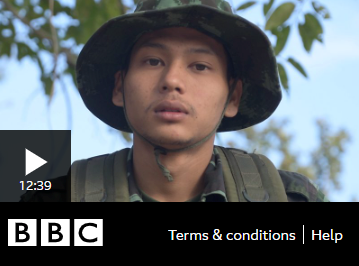She treated Myanmar’s resistance and paid with her life


Zarli Naing was a 27-year-old nurse helping the resistance
By BBC News
At about 13:00 on 14 June, members of the volunteer People’s Defence Force arrived at a patch of ground in the fields between two villages just west of the Chindwin River, in central Myanmar.
They had been alerted by a cow herder, who had spotted crows picking at what he believed was a corpse. The volunteers saw a human hand protruding from the earth.
It belonged to a young fighter from their group, Wu Khong, who had been injured and gone missing during an attack by the army four days earlier.
With him, in the shallow grave, were four other bodies, dismembered and burned.
From the clothing, a watch and a medical bag found nearby, they also identified 27-year-old Zarli Naing, a nurse who had come to this area in the Magway Region last year to provide healthcare to insurgents and locals.
They were opposing Myanmar’s military which had seized power on 1 February 2021, overthrowing the elected government led by Aung San Suu Kyi.
Through interviews with Zarli Naing’s friends and family, those who trained her, and the villagers and fighters she lived with until her death, the BBC has pieced together the story of a bright and courageous young woman whose decision to oppose the coup ended in tragedy.
This is also the story of the desperate resistance being put up against the military junta by communities across a large swathe of the dry zone, an impoverished and drought-prone region of Myanmar.
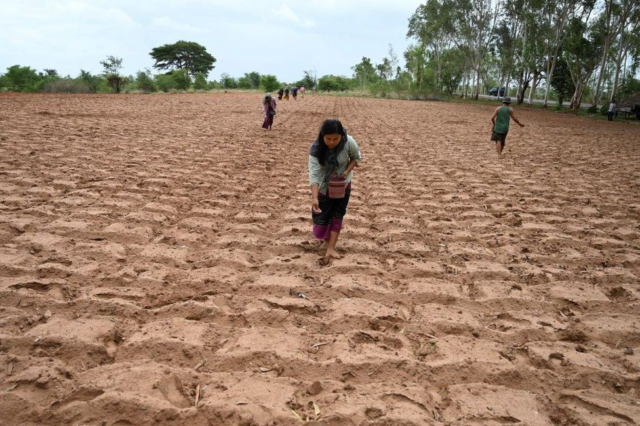
Zarli Naing was working in the rural and largely poor Magway Region, where the resistance is strong – AFP
Zarli Naing was the youngest of four girls from a poor farming family, which lived close to the great temple complex of Bagan. The only one of them who did well at school, she went on to qualify as a nurse and got a job at a hospital in the capital, Nay Pyi Taw.
She was working there when the coup happened. Like thousands of other healthcare workers across the country, Zarli Naing joined the civil disobedience movement (CDM), refusing to work with the military-controlled administration.
A month after the coup, she left Nay Pyi Taw and returned to her home village. But fearing her political activism would endanger her family, she decided to move on to a safe zone in the north of Magway, which is largely controlled by opposition forces such as the People’s Defence Force or PDF.
There she became part of an extensive underground healthcare network run by the thousands of doctors and nurses who have left their jobs in protest against the coup.
“When I spoke to her a month ago she told me how happy she was to be there,” says one of her online supervisors, a nursing instructor for the clandestine network.
“She was especially happy that she could give first aid training to the PDF fighters in her area, because there are no other healthcare staff there. She was the only one able to give that service to them.”
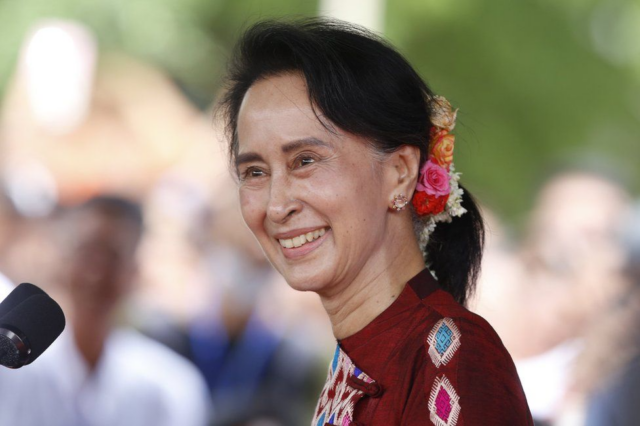
Aung San Suu Kyi, a Burmese icon, has a big following in Magway Region… – EPA
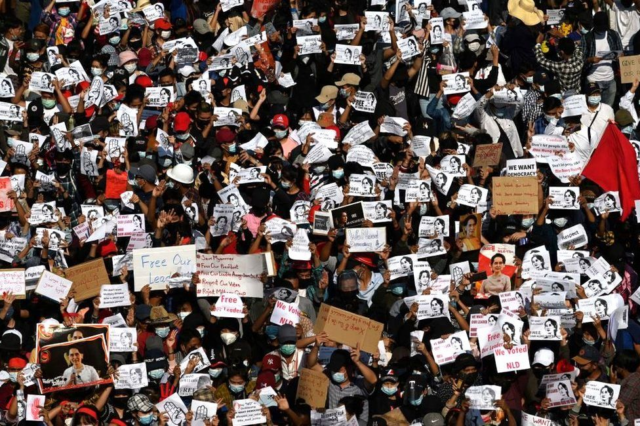
and her arrest during the 2021 coup sparked huge protests in Myanmar – AFP
Zarli Naing had spent the past 14 months in a village called Dan Bin Gan. She was invited there by a friend, Khin Hnin Wai, a teacher the same age as her, who was working at a school run by a respected head teacher, Win Kyaw.
Win Kyaw was a prominent local CDM leader who backed the parallel National Unity Government, which was formed last year to challenge the military junta’s rule.
Dan Bin Gan was, in effect, a liberated zone. It had an active PDF wing, which had established its base in the centre of the village. Most of the 2,500 inhabitants are farmers, eking out a living from cultivating beans, sesame and groundnuts, and a little corn to feed their cattle.
Opposition to the coup here, and in neighbouring southern Sagaing Region, is as strong as anywhere in Myanmar, with dozens of volunteer militias taking on the army using captured and home-made guns, and improvised mines.
The village also lies just 6km (nearly 4 miles) from Sin Pyu Shin bridge, one of the only road crossings of the Chindwin River, and so vital for moving troops and other reinforcements around.
Zarli Naing offered the only medical treatment for communities no longer able to use the local hospital, both because it was under military control, and also because after the coup so many nurses and doctors had abandoned state-run institutions.
Friends and PDF fighters who knew her say she was deeply committed to the armed struggle, and ran first aid classes for the fighters.
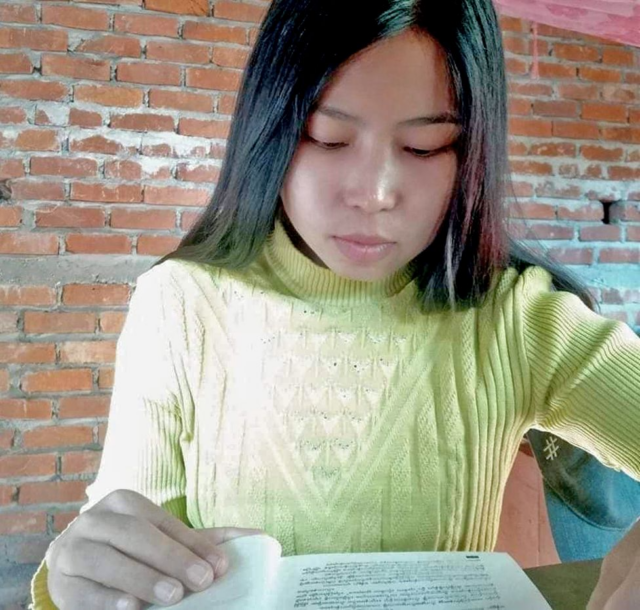
Those who knew Zarli Naing say she was passionate about her work and hopeful for Myanmar’s future
“Zarli was very strong,” says another of her supervisors, who is based in the UK, where some medics are providing support for the underground health network in Myanmar.
“She was always very upbeat. She never spoke about her own difficulties. She just asked smart questions when she needed to fix something. The clandestine health workers can get depressed by the challenges they face.
“Sometimes their patients cannot reach them because of roadblocks or fighting, and they cannot refer patients to hospitals if they need more complex surgery. That is very hard for them – many of their patients in that situation do not survive.”
But Zarli Naing “did not express any regret for the path she had chosen”, says a friend who worked near her in northern Magway.
“There were many times she missed her family. She never told them what she was doing. Knowing she was working for the CDM would have put them in danger.
“We used to ask people we knew for donations, to pay for the medicines we needed. We often used to speak together on the phone, and talk about the medical problems we faced, or about our support for the CDM.”
From her Facebook page she seems to have been a keen reader, posting colourful covers of the Burmese novels she liked. The photos of herself that she shared show her either reading, or holding up her hand in the three-fingered symbol of defiance that has become so popular in South East Asia in recent years.
One post has a series of pictures of a much younger Aung San Suu Kyi with her family back in the UK.
The day before Zarli Naing died – 9 June – three PDF groups together launched an attack on the military post guarding the Sin Pyu Shin bridge, killing three soldiers and taking control of it for a few hours.
A military counter-attack was inevitable, and in the early hours of 10 June, about 30 soldiers in four vehicles were spotted making for Dan Bin Gan from the east.
Not all the soldiers were in uniform, but those that were could be identified by their shoulder badges as coming from infantry battalions 256, 257 and 258, based at Hpu Lon, near Yesagyo town about 25km to the south.
At 03:00 the residents of Dan Bin Gan started fleeing the village, heading for open country to the west. Zarli Naing was among them.
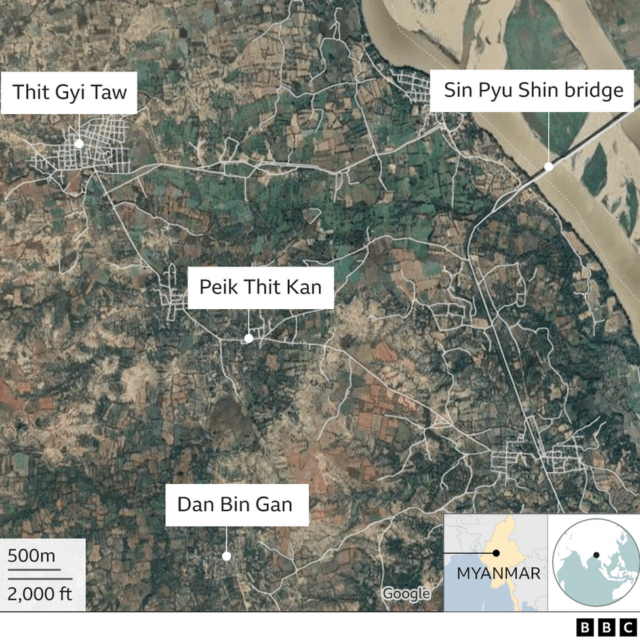
To slow the army down PDF fighters laid homemade mines along the road into Dan Bin Gan. One of them, Wu Khong, injured his leg in a fall while doing this. Zarli Naing stayed with him to treat his leg.
Win Kyaw, who was protective of the young nurse, stayed back too. So did Zarli Naing’s friend, Khin Hnin Wai, who was pregnant, and another young female fighter, Thae Ei Ei Win.
They had run to the western edge of Dan Bin Gan, according to eyewitnesses, but had stopped for Zarli Naing to deal with Wu Khong’s injury, when they were intercepted by a group of soldiers.
Guided by an informer, the soldiers had come around the south of the village to avoid the mines.
They captured Zarli Naing and her friends, tied their hands, and together with nine other people they had detained, began marching them north for about an hour to the village of Thit Gyi Taw.
Eyewitnesses heard the soldiers asking their captives if they were members of the CDM, and warning that they could be jailed or shot. They say the soldiers repeatedly struck and kicked their captives; and stole food and alcohol from the now empty homes in the villages.
According to PDF sources, they also set 70 houses in Thit Gyi Taw alight, sending up a large plume of black smoke over the fields.
Watch: The young rebels fighting for democracy
Later in the afternoon the captives were moved a little way south to a temple in a village called Peik Thit Kan.
Nine of them were then released, the soldiers telling them to run for their lives. One of them told us the remaining five were still alive at that point.
Exactly what happened to Zarli Naing and the other four prisoners after that is unclear. At some point in the night they were moved south of Peik Thit Kan, and killed by their captors.
Some villagers have reported hearing them shouting for help. But it’s not clear when and why their bodies were dismembered and burned.
Local PDF fighters believe the military targeted Dan Bin Gan because it was a known centre of resistance to the coup, and also because of the school established there by Win Kyaw.
The school had opened only in May, but had already attracted 250 students. Its success made it something of a showcase for the parallel administration which the National Unity Government is trying to run outside military-controlled zones.
The PDF believes the informer travelling with the soldiers identified Win Kyaw, Zarli Naing and Khin Hnin Wai as important figures in Dan Bin Gan. Killing them has robbed the village and surrounding communities of leaders who helped to sustain the insurgency.
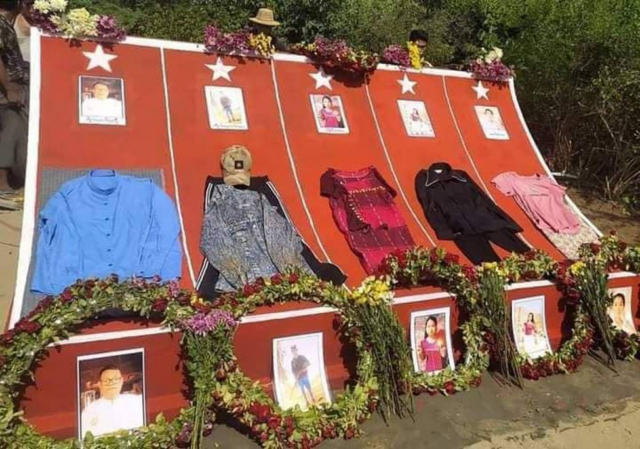
Locals have built a memorial for Zarli Naing and the others who were killed that night
It has also robbed Myanmar of a promising young nurse, in a country which, even before the disastrous military takeover, had one of Asia’s poorest healthcare systems.
“I am sure she was a wonderful nurse,” says her online instructor. “She always tried so hard to do a good job.
“Just imagine, she was providing healthcare to the people of the village while all that time she was also taking all our online courses, even though there was no reliable internet access where she was. And she was taking the Bachelor degree course as well. The workload was enormous.
“Even I could not do all that. She was just wonderful. One of her teachers told me that her exam results were really good.”
Zarli Naing had finished her first semester exams just two days before she died.
At the time of writing, the inhabitants of Dan Bin Gan are still hiding in the forested area to the west of the village.
It is the first time they have been forced to evacuate, but many other villages in this region have been attacked multiple times. This has repeatedly displaced their populations, creating serious humanitarian needs which are not being met because of the conflict and lack of access given to international agencies.
Thousands of houses in northern Magway and southern Sagaing have been destroyed by the army; even when they feel safe enough to return, people do not have the resources to rebuild their homes.
Last year’s coup has unleashed a brutal war of attrition in this Burmese heartland, with uncountable casualties.

